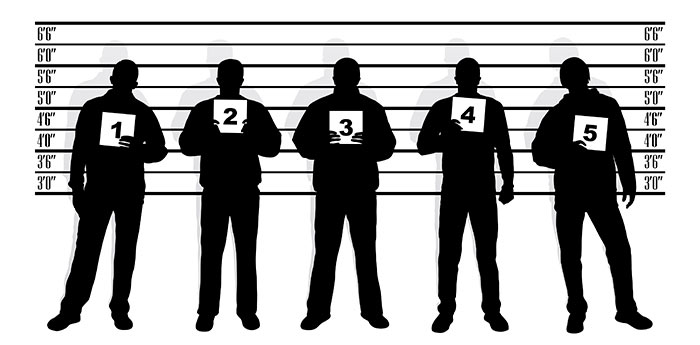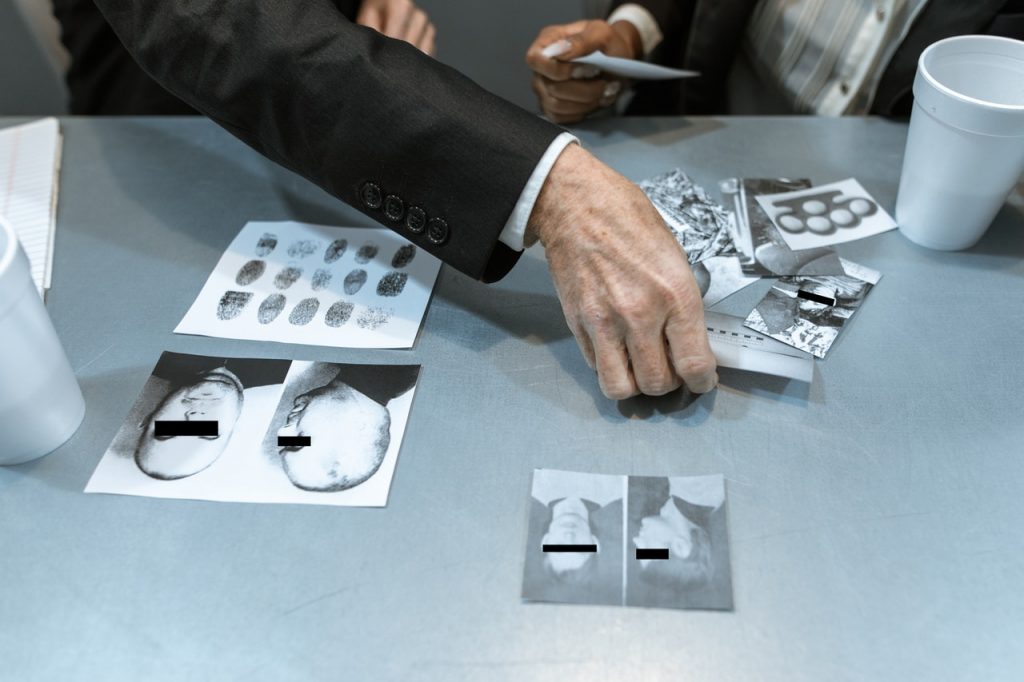
12 May Mistaken Eyewitness Identification Leads to Wrongful Convictions
Eyewitness identifications play an important role in the investigation and prosecution of crimes. However, it is well known that eyewitnesses make mistakes — often with serious consequences. Mistaken eyewitness identifications contributed to nearly 70% of the more than 375 wrongful convictions in the US overturned by post-conviction DNA evidence.
Solid and growing proof of the inaccuracy of traditional eyewitness identification procedures exists. Simple measures to reform them are available. Nevertheless, traditional eyewitness identifications remain among the most commonly used evidence brought against criminal defendants.
Lydell Grant is one example of mistaken eyewitness identification landing an innocent man in prison.
On the strength of six independent eyewitness lineup identifications, a judge sentenced Lydell Grant to life in prison in 2012 for the murder of a man stabbed to death outside a Houston nightclub. All six of those eyewitnesses were wrong. DNA testing collected from underneath the victim’s fingernails cleared Grant and implicated another man who later confessed to the killing. Lydell Grant’s release from prison came shortly thereafter. A comparison of the pair’s mugshots reveals that they bear little physical resemblance to one another.
A number of witness characteristics can impact the reliability of eyewitness testimony.
For example, young children and the elderly appear more likely to make a mistaken identification compared to young adults. Cross-race identifications are less accurate than identifications of culprits who are members of the same race as the witness. People who witness crimes under high stress are less likely to make accurate identifications than those not under stress. Furthermore, memory for an event may be limited when a weapon is present as attention is focused on the weapon instead of the perpetrator. The amount of time between witnessing the event and identifying the individuals is another important consideration. Evidence suggests the accuracy of eyewitness testimony is time-sensitive, as memory deteriorates quickly for details of the event and perpetrator.

Standard lineups don’t always lead to reliable identifications.
Inaccurate eyewitness identifications can confound investigations from the earliest stages. Critical time may be lost while police are distracted from the actual perpetrator, focusing instead on building the case against an innocent person identified by a witness. In a standard lineup, the administrator usually knows who the suspect is. Research shows that administrators often provide unintentional cues to the eyewitness about which person to pick from the lineup.
The administrator may choose to compose a live or photo lineup where non-suspect “fillers” do not match the witness’s description of the perpetrator. Some may not even resemble the suspect. This can cause the suspect to stand out to a witness because of the composition of the lineup. This unintended suggestion can lead an eyewitness to identify a particular individual in a photo or lineup. And, whereas it may be reasonable for an eyewitness to assume that the perpetrator of the crime is one of those presented in the lineup, that’s not always the case. This can lead to a selection of a person despite doubts the witness might have.
There are many steps lawmakers can take to decrease the rate of mistaken eyewitness identifications.
A number of groups, including The Innocence Project and the National Police Foundation, have endorsed a range of procedural reforms to decrease rates of mistaken eyewitness identifications. To date, 25 states have implemented core reforms either through legislation, court action or substantial voluntary compliance.
The National Research Council (NRC) developed a set of best-practice guidelines in its comprehensive Assessing Eyewitness Identification report.
The “Double-Blind” Procedure
A “double-blind” lineup is one in which neither the administrator nor the eyewitness knows who the suspect is. This prevents the administrator from providing inadvertent or intentional verbal or nonverbal cues to influence the eyewitness to pick the suspect. Nonverbal cues may include subtle body gestures and facial expressions. Using a double-blind procedure can eliminate inadvertent bias.
Standard Witness Instructions
The NRC recommends the development and use of a standard set of easily understood instructions for eyewitnesses. Instructions are a series of statements issued by the lineup administrator to the eyewitness that deters the eyewitness from feeling compelled to make a selection. They also prevent the eyewitness from looking to the lineup administrator for feedback during the identification procedure. One of the recommended instructions includes the directive that the suspect may or may not be present in the lineup. Also, agents should inform witnesses that the investigation will continue, regardless of whether they identify a suspect.
Lineup Composition
The NRC also recommends that agents only use photographs of the suspect that do not bring unreasonable attention to them. They should select non-suspect photographs or live fillers so that the suspect does not stand out from the other fillers. The council recommends that law enforcement select fillers using a blended approach that considers the fillers’ resemblance to the description provided by the eyewitness and their resemblance to the police suspect.

Confidence Statements
Evidence suggests the level of confidence in eyewitness identifications at the time of the trial is not a reliable predictor of its accuracy. Therefore, the NRC recommends that eyewitness provide a statement that articulates the level of confidence in the identification immediately following the lineup procedure.
Video Documentation
In order to obtain and preserve a permanent record of conditions associated with the initial identification, the NRC recommends that video recordings of eyewitness procedures become standard practice.
Officer Training
Finally, the council recommends that officers are provided ongoing standard training on the topic. Examples of subject matter training would cover include vision and memory, practices for minimizing contamination, how to ask open-ended questions, how to avoid suggestiveness and how to efficiently manage groups of witnesses, including minimizing witness interactions.
Better understanding of science behind eyewitness identification is leading to practical reforms.
It’s human nature to report what we see and remember. Not surprisingly, criminal investigations and prosecutions have long relied upon the accounts of eyewitnesses. In adjudication, judges and juries have similarly long embraced reports of what was seen. In recent years, though, this bubble of complacency has been burst. DNA analyses reveal that eyewitnesses sometimes identify the wrong people. The sciences of vision and memory indicate that wrongful conviction based on eyewitness testimony is likely influenced by uncertainty, bias and overconfidence. The fact that half of all states in the US have enacted eyewitness reform measures in recent years indicates serious interest in mitigating the adverse impacts of mistaken eyewitness identification and is encouraging.

